Business Financial Statements
Profit & Loss Statement: A P&L is a company’s financial statement business shows revenue recognized for a specific period of timeless expenses. The purpose of the income statement is to show executives, banks, and investors whether the company made or lost money during the period being reported.
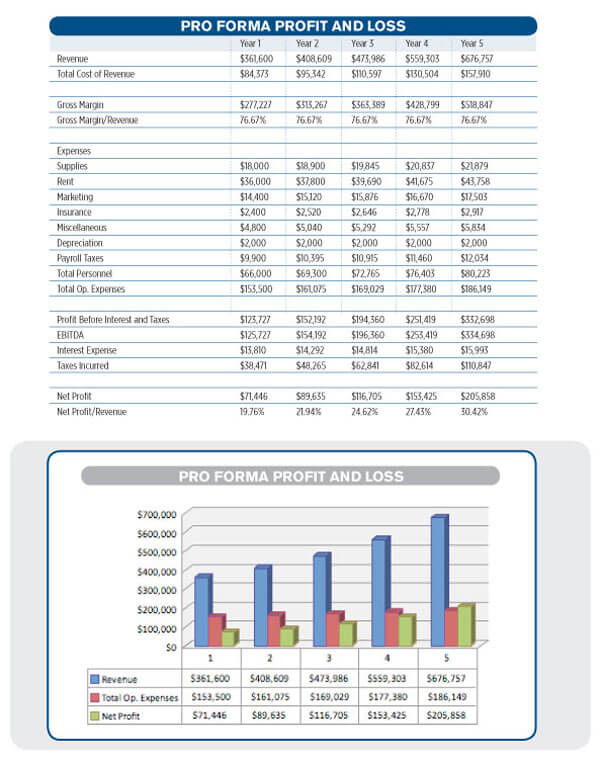
Pro Tips: Learn how to make an income statement with our free income statement templates.
Revenue Forecast: A financial forecast of future outcomes for a company. The revenue forecast is an educated guess on what will happen to a financial statement business or company in financial terms over the next five years.
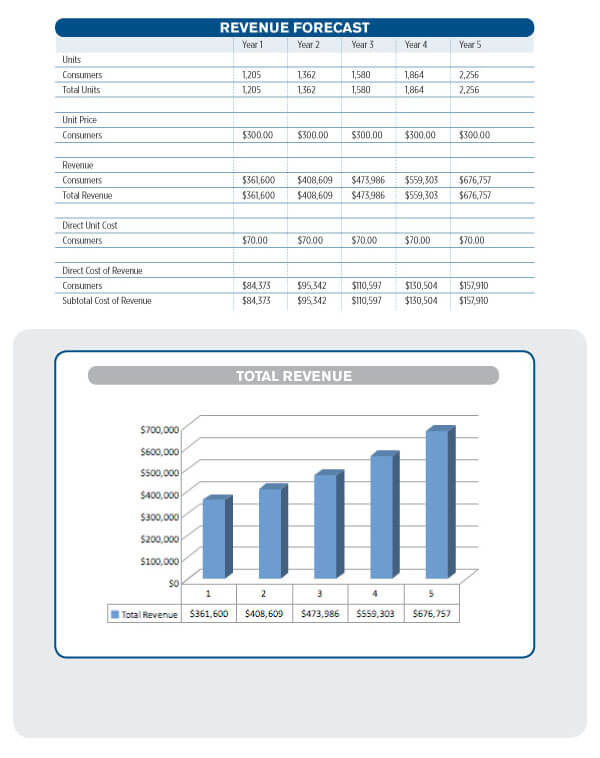
Balance Sheet: A balance sheet is a snapshot of a company’s financial statement business condition. A standard company balance sheet has three parts: assets, liabilities, and ownership equity. The balance sheet is the only financial statement that applies to a single point in time of a business’ calendar year.
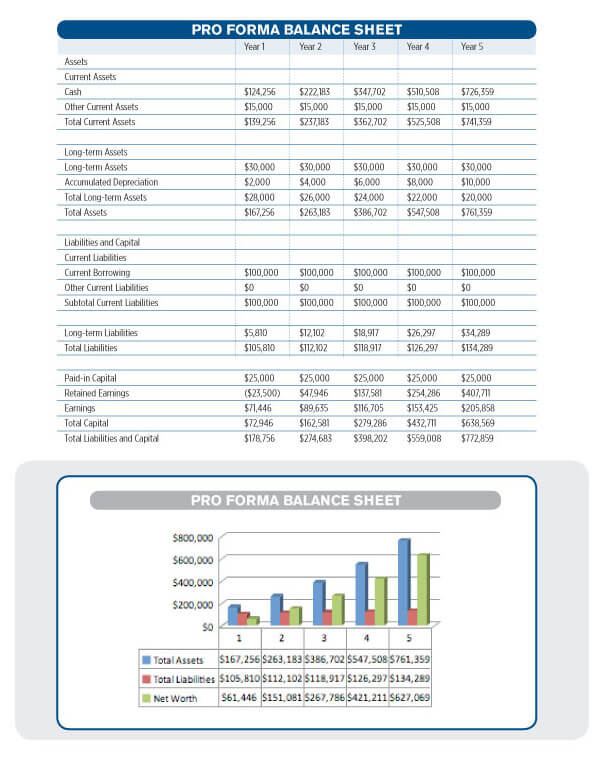
Pro Tips: Learn how to prepare an balance sheet with our free balance sheet templates.
Break-Even Analysis: The break-even identifies the total revenue needed to cover the total costs. It is the point where the revenue and cost are equal, with no gain, and no loss. It is shown graphically, at the point where the total revenue and total cost curves meet.
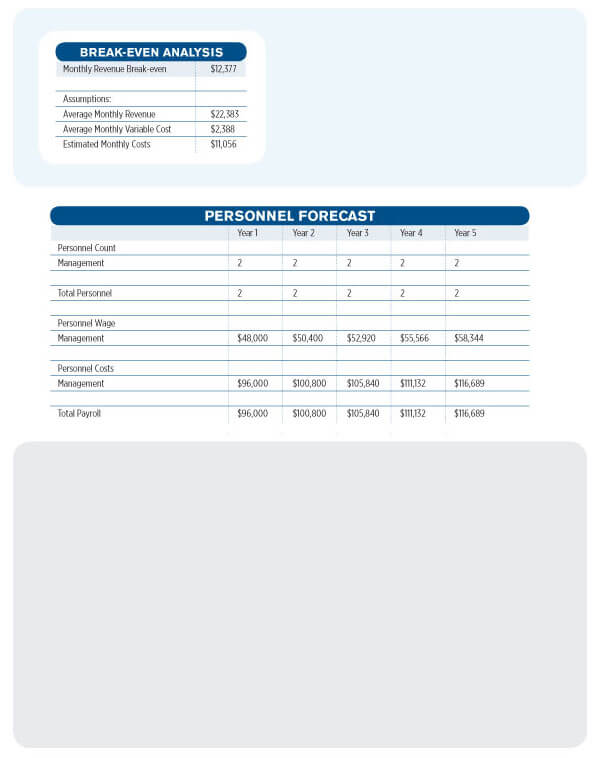
Cash Flow Statement: A Cash flow is the movement of money into or out of a financial statement business. It measures a specific range of time.
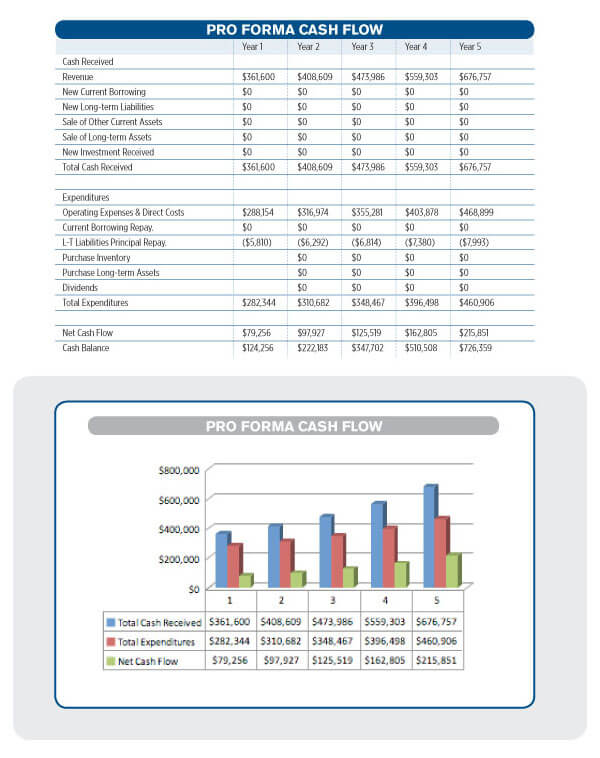
Need help creating business reports? Make your clients feel impressed by using 15+ free business templates approved by designers.
Sensitivity Analysis: This is the study of how the variation of uncertainty in the output of a statistical model can be attributed to different variations in the inputs of the model. What is the “best” and “worst” case scenarios based on a set of variables?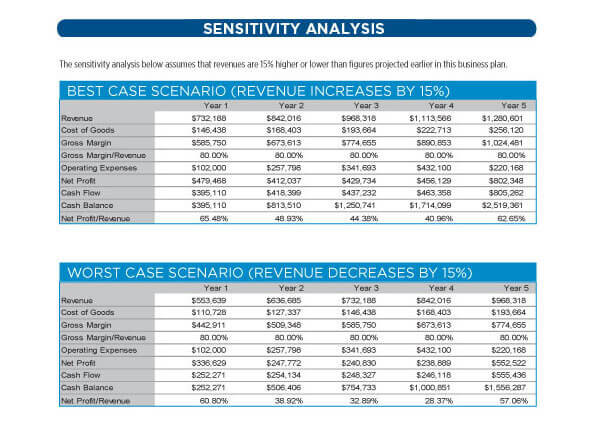
Recommended Resources: Learn how to use business financial statements in making a financial plan for a Business plan.
